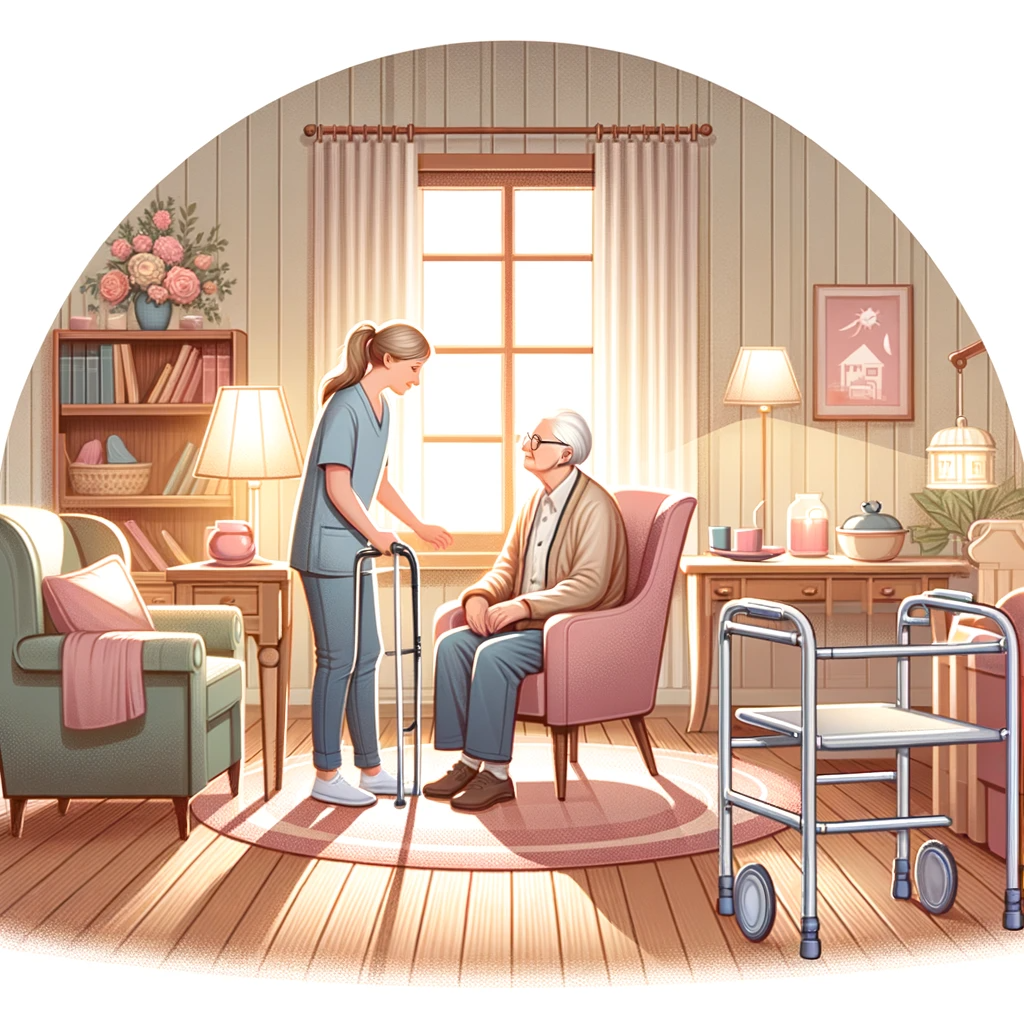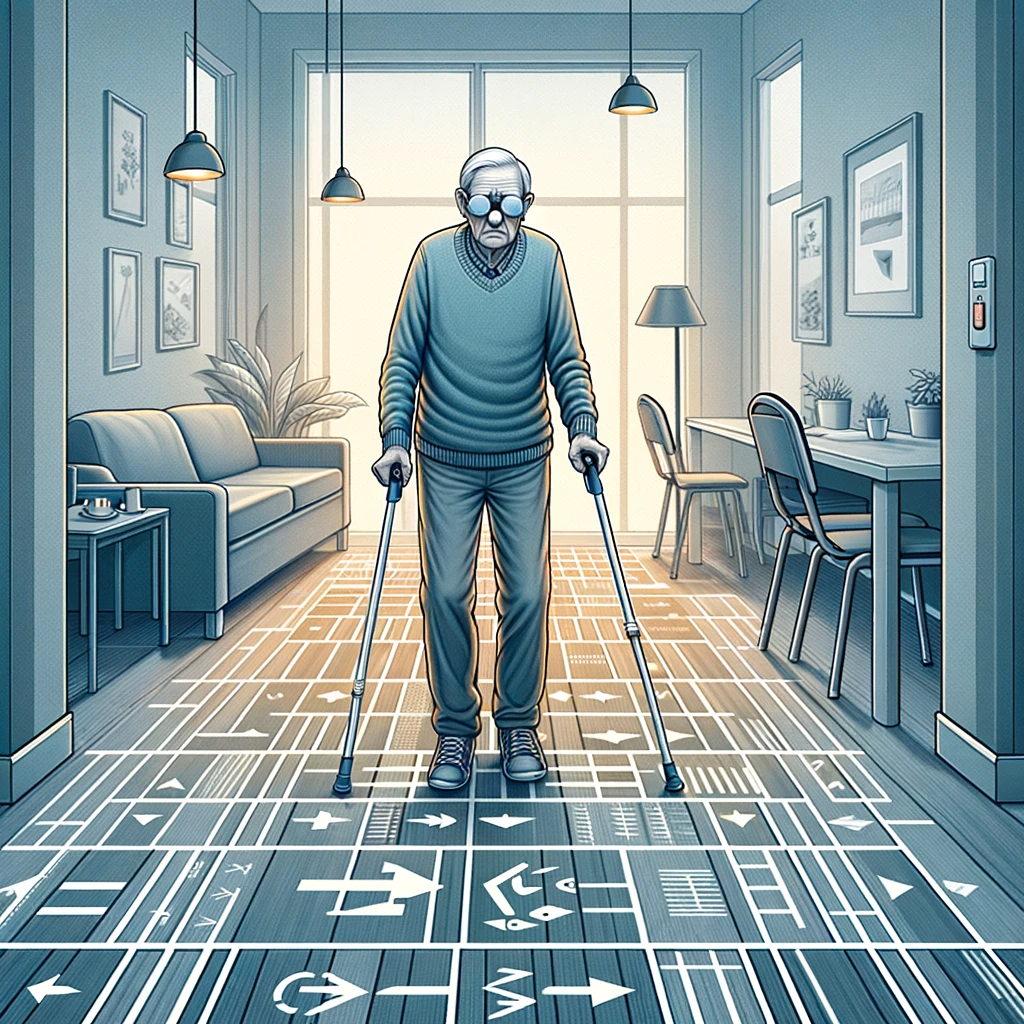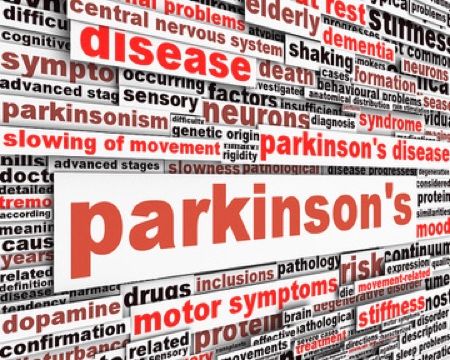Navigating Mobility Challenges in Dementia Care
Explore the complexities of navigating mobility changes in dementia care. Learn about the impact of cognitive impairments and muscle coordination issues on walking, and discover strategies for creating a safe environment and using mobility aids to enhance independence and safety.

Introduction: Understanding Dementia and Mobility Issues
Mobility challenges, including changes in balance and walking difficulties, are common in individuals with dementia. These issues can significantly impact the quality of life and pose risks for falls and injuries. Understanding the relationship between dementia and mobility, and implementing effective strategies, is crucial for caregivers.
Normal Aging vs. Dementia-Related Mobility Changes
It's important to distinguish between mobility issues due to normal aging and those resulting from dementia.
Normal Aging and Mobility
As individuals age, they often experience various changes in their physical abilities, especially in terms of mobility. Understanding these changes is crucial for distinguishing between normal aging and mobility issues caused by conditions like dementia.
Reduced Muscle Strength
Natural Muscle Mass Decline: With age, there's a natural decrease in muscle mass, a condition known as sarcopenia. This process typically begins as early as the 30s and accelerates with each passing decade.
Impact on Daily Activities: Reduced muscle strength affects the ability to perform daily activities, such as climbing stairs, lifting objects, or even getting up from a chair.
Preventive Measures: Regular physical activity, especially resistance training, is vital in slowing down muscle loss. Proper nutrition, including adequate protein intake, also plays a crucial role in maintaining muscle health.
Joint Stiffness and Mobility
Age-Related Joint Changes: Aging is often accompanied by the wear and tear of joints, leading to conditions like osteoarthritis. This results in joint stiffness, pain, and sometimes swelling, directly impacting mobility.
Reduced Range of Motion: Stiff joints can limit the range of motion, making movements that were once easy, like bending or twisting, more difficult and painful.
Management Strategies: Regular, low-impact exercises such as walking, swimming, or yoga can help maintain joint flexibility and reduce stiffness. Heat treatments, massage, and, when necessary, pain-relieving medications can also be beneficial.
Slower Reflexes Impacting Balance and Coordination
Neurological Changes: As part of the aging process, the speed at which the brain sends and receives messages to and from the body slows down, leading to slower reflexes.
Balance and Coordination: This decline in neural responsiveness can affect balance and coordination, increasing the risk of falls, which are a significant concern for the elderly.
Adapting to Changes: Balance exercises, tai chi, and similar activities can help improve coordination and reflexes. Making the living environment safer, such as by installing grab bars and ensuring good lighting, can also minimize the risk of accidents due to slower reflexes.
Understanding the normal changes in mobility associated with aging is crucial. While these changes are natural, there are many strategies to manage and mitigate their impact, helping older adults maintain independence and quality of life. It’s also important to recognize when mobility issues are beyond the scope of normal aging, as this could indicate underlying health issues, including dementia, requiring specialized care and intervention.
Dementia brings about various changes that can significantly impact an individual's mobility. These changes are not just physical; they also involve cognitive and perceptual alterations that can complicate everyday movements and activities. Understanding these changes is crucial for providing effective care and support.

Cognitive Impairment and Its Impact on Mobility
Navigation Challenges: Cognitive impairments can lead to difficulties in planning and executing movements. Individuals with dementia may struggle to navigate through even familiar environments, leading to increased risks of getting lost or wandering.
Obstacle Avoidance: The ability to perceive and avoid obstacles is often compromised. This can result in bumps, falls, and injuries, as the individual may not correctly judge distances or identify hazards in their path.
Decision-Making Difficulties: Dementia can affect decision-making skills, making it hard for individuals to respond appropriately to changes in their environment, like moving from a carpeted area to a slippery floor.
Muscle Coordination Difficulties
Motor Skills Decline: Dementia can lead to a decline in fine and gross motor skills. As the disease progresses, the coordination between muscle movements becomes less precise, affecting gait and balance.
Increased Fall Risk: Due to reduced muscle coordination, individuals with dementia have a higher risk of falls. They may have an unsteady gait, struggle to adjust their movements on uneven surfaces, or have difficulty standing up from a sitting position.
Muscle Weakness: In addition to coordination issues, muscle weakness is also a common problem. It exacerbates mobility challenges and can lead to further deterioration in the ability to perform daily activities independently.

Perception Issues: Altered Spatial Awareness and Depth Perception
Spatial Disorientation: Dementia can affect spatial awareness, making it difficult for individuals to understand and interact with their surroundings. This can lead to confusion in even well-known environments.
Depth Perception Alteration: Changes in depth perception mean that individuals with dementia may misjudge distances or heights. This can result in missteps, particularly when navigating stairs or curbs.
Visual Misinterpretations: Altered perception can also lead to visual misinterpretations, where the individual might mistake an object on the floor for something they need to step over or might not recognize a glass door as a barrier.
Addressing Dementia-Related Mobility Changes
Caregivers and family members can take various steps to help manage these mobility changes:
Environment Adaptation: Modify the living environment to make it safer and more navigable. This includes removing trip hazards, installing grab bars, and ensuring adequate lighting.
Physical Therapy and Exercise: Engage in activities that promote muscle strength and coordination. Physical therapy can be tailored to the individual's abilities and needs.
Regular Assessments: Regular check-ups with healthcare professionals can help in monitoring mobility changes and adjusting care plans accordingly.
Safety and Supervision: Continuous supervision or the use of assistive technology (like GPS trackers for those who wander) can help in ensuring the individual’s safety.
Mobility changes in dementia are multifaceted, involving cognitive, physical, and perceptual alterations. Recognizing these changes and adapting care strategies accordingly is vital for ensuring the safety and well-being of individuals with dementia. By providing the right support and environment, caregivers can significantly improve the mobility and quality of life of their loved ones with dementia.
Vision Changes in Dementia and Their Impact on Walking
Vision changes are a common but often overlooked aspect of dementia. These changes, resulting from both the aging process and the neurological impact of dementia, can significantly affect an individual's ability to walk and navigate their environment safely.
Types of Vision Changes in Dementia
Reduced Visual Acuity: Clarity of vision decreases, making it harder to see obstacles.
Depth Perception Issues: Difficulty in judging distances and changes in elevation, like steps or curbs.
Contrast Sensitivity: Difficulty in distinguishing objects from their backgrounds.
Visual Field Loss: Reduced peripheral vision, leading to a tunnel vision effect.

How Vision Changes Affect Walking in Dementia
The visual changes experienced by individuals with dementia can directly impact their mobility and increase the risk of falls and accidents.
Challenges in Navigation
Tripping Over Obstacles: Difficulty in seeing floor-level hazards can lead to trips and falls.
Misjudging Distances: Problems with depth perception make it hard to navigate stairs or curbs safely.
Altered Spatial Awareness
Disorientation: Changes in visual processing can lead to confusion and disorientation, even in familiar settings.
Increased Anxiety: Difficulty interpreting visual information can increase anxiety and reluctance to walk or move around.
Strategies for Managing Walking Difficulties Related to Vision Changes
Adapting care strategies to address vision-related walking difficulties is crucial for the safety and independence of individuals with dementia.
Environmental Modifications
Enhance Lighting: Ensure that living spaces are well-lit to improve visibility.
Use High Contrast Colors: Mark steps or changes in floor level with high-contrast colors to make them more visible.
Minimize Clutter: Keep walking paths clear of clutter to reduce tripping hazards.
Supportive Techniques for Walking

Guided Walking: Provide physical support or guidance while walking, especially in unfamiliar or complex environments.
Regular Eye Exams: Regular check-ups with an eye specialist can help in adapting to ongoing vision changes.
Use of Mobility Aids: Canes or walkers can provide additional stability for those with vision and balance issues.
Training and Orientation
Spatial Orientation Training: Techniques to help orient and navigate despite visual challenges.
Encourage Familiar Routes: Using familiar routes can reduce anxiety and improve confidence in walking.
Vision changes in dementia pose unique challenges to walking and mobility. Recognizing and adapting to these changes through environmental modifications, supportive techniques, and regular medical care can significantly enhance the safety and well-being of individuals with dementia. Caregivers play a vital role in implementing these strategies and in providing the necessary support for
Types of Dementia and Walking Difficulties
Different types of dementia can present unique challenges in mobility.
Alzheimer’s Disease and Mobility
Disorientation: Leads to wandering and getting lost.
Gait Changes: Walking slowly and shuffling gait are common.
Vascular Dementia and Mobility
Sudden Changes: Stroke-related damages can cause abrupt mobility issues.
Uneven Gait: Difficulty in maintaining a steady walking pattern.
Lewy Body Dementia and Mobility
Parkinsonism Features: Rigidity and tremors affecting movement.
Fluctuations in Abilities: Sudden changes in mobility skills.
Stages of Dementia and Mobility Changes
Mobility issues often progress as dementia advances through its stages.
Early Stage Mobility Changes
Minor Issues: Slight changes in coordination and balance.
Increased Risk of Falls: Due to changes in depth perception.
Middle Stage Mobility Changes
Significant Walking Difficulties: Increased risk of falls and injuries.
Need for Assistance: May require aids like walkers or canes.
Late Stage Mobility Changes
Severe Impairment: Often requires wheelchair use or complete assistance.
Muscle Weakness: Increased risk of being bedridden.
Tips and Strategies for Managing Mobility in Dementia

Effective strategies can help in managing mobility issues and ensuring safety.
Home Safety Modifications
Remove Obstacles: Clear walking paths of any hazards.
Install Grab Bars: Especially in bathrooms and staircases.
Ensure Good Lighting: To help with navigation and visibility.
Mobility Aids and Techniques
Use of Walkers or Canes: Provide stability and support.
Physical Therapy: Helps in maintaining muscle strength and balance.
Gait Training: Assists in improving walking techniques.
Encouraging Safe Walking
Supervised Walks: Ensure someone is always accompanying the individual.
Regular Exercise: Simple exercises can help in maintaining mobility.
Dealing with Wandering
Safety Measures: Use of GPS trackers and secure locks.
Create a Safe Area: A secure, designated area for walking.
Empowering Caregivers in Mobility Management
Understanding the impact of dementia on mobility and implementing targeted strategies are key for caregivers. By ensuring a safe environment and providing the necessary support, caregivers can significantly enhance the mobility and overall well-being of individuals with dementia.
You might also like this article:







